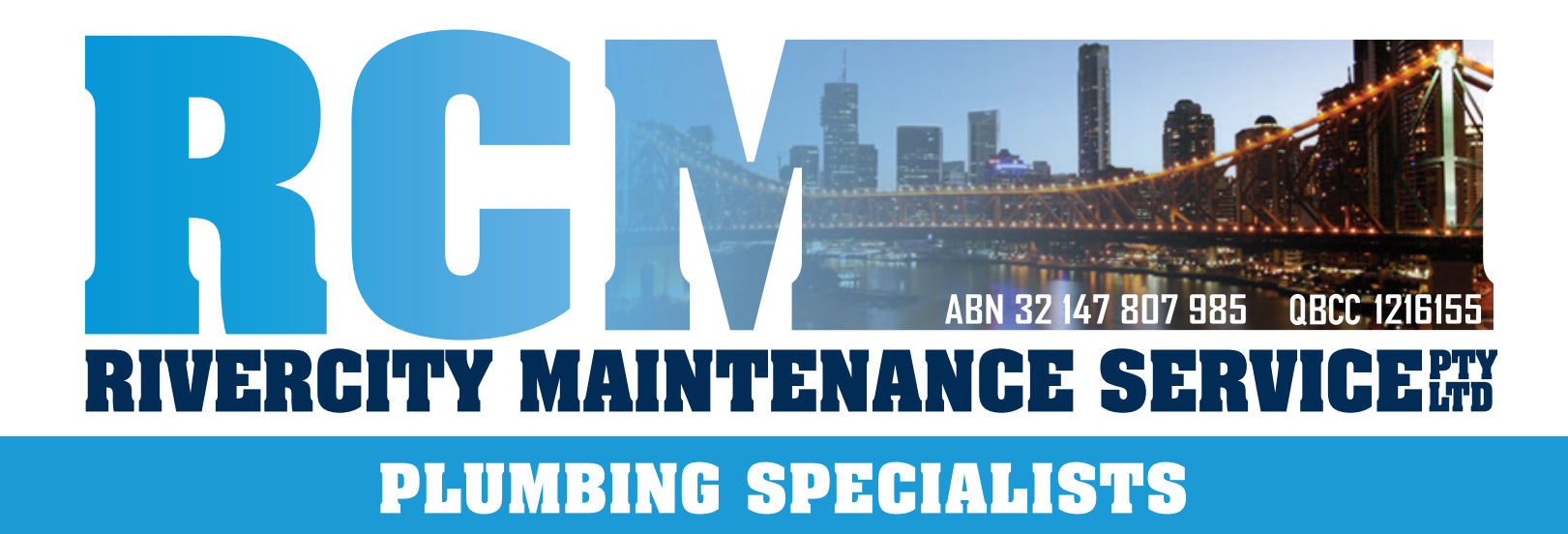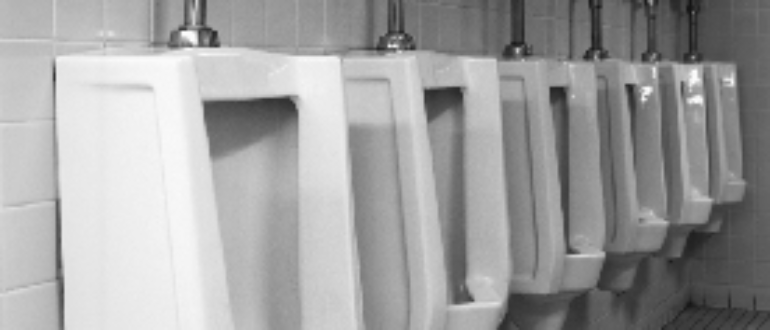Solving the Problem of Urinal Odours
Urinal odours are usually easy to rectify, but there are a number of causes for this and it may take some time to identify. The first step should be to find the source of the odour to identify the best method of removing the cause of the odour.
Incorrect Chemicals used and Poor Cleaning Practices
One of the most common causes of bad odours emanating from urinals is due to not ensuring the urinals are cleaned thoroughly and with incorrect cleaning chemicals. Signs of inadequate cleaning are brown staining underneath the urinal bowl, especially around the traps, and stains on the surrounds at the back of and underneath the urinals. Some blokes are not very good shots. We recommend using a microbiological cleaning fluid and ensuring that the cleaners have sufficient time and training to be able to clean the urinals thoroughly.
Inadequate flushing
Most blockages in urinal waste pipes are caused by the combination of uric acid (contained in urine) with the limescale contained in water. Urine and limescale combine to coat the pipework with a hard scale. Overtime, layer upon layer is added until the pipe blocks. The coating also provides an ideal medium for the development of odour causing bacteria.
A major advantage to waterless urinals is they do not use any water so there is no limescale entering the waste pipes therefor nothing for the urine to combine with. Instead of hardscale, untreated and static urine eventually forms a soft sludge. In addition, hair and other debris inevitably enter the wastepipes and attract fats in urine, which is the main cause for bad odours and blockages in waterless urinals.
This is why we recommend that urinals have devices fitted to regulate flushing so you have just the right amount of water at the correct times. We recommend these to flush within 20 minutes of a urinal being used and every 12 hours when they have not been used. The reason for flushing every 12 hours is to ensure there is always enough water in the traps to preserve the water seal.
There is also a common problem with banks of 4 or 5 urinals all being flushed from the one cistern as every urinal has to be receiving enough flush water. If the horizontal sparge pipes are not truly horizontal or are scaled up then the end urinals don’t receive enough water. Even in banks of 2 urinals, debris in the downpipe and sparges can prevent adequate flush volume reaching both urinals. With newly built buildings or major refurbishments, the cistern may contain a lot of building dust and debris that may inevitably find its way into the water supply pipes and cause flushing problems. The holes in the spreaders delivering water into the urinal bowls can also become blocked with debris and scale so care must be taken to prevent this
If you have a bad odour emanating from your urinals or suspect you may have a blockage call our team at RiverCity Maintenance and we can our plumbers out to investigate and rectify the problem for you.
Waste Pipes Venting into the Washroom
If the washroom with urinals smells awful then there may have a broken pipe (copper ones often split with age and treatment with acids). If urine has seeped into the panels, cement and/or grouting, including within voids, then simply fixing the pipes will not rectify the odour problem immediately. Any areas that have been soaked in urine during the leak should be thoroughly and repeatedly treated with a microbiological cleaner or, in the case of soggy medium-density fibre panels or ceiling tiles, replaced completely
If you suspect you may have a broken pipe call RiverCity Maintenance immediately so we can try and prevent further damage and get it fixed as quickly as possible.
Broken One-Way Valve
Another common reason of bad odours is that a valve attached to the urinal waste has malfunctioned. Many waste pipes have one-way valves fitted to stop a flush from sucking the water out of the traps, exposing the unpleasant air in the waste pipes to the washroom environment. If you don’t have a one-way valve to deal with this siphon action that can be caused by flushing, then the water seal may be broken and the smells will be awful as a result. Our team at RiverCity Maintenance can fix this for you.
Poorly Configured Pipe work
Occasionally, our plumbers have come across poor pipe work configurations that are bound to cause problems. For example, it is not a good idea to plumb an overflow pipe from a WC cistern into a urinal waste. The smells will come up from the waste, into the cistern and out into the washroom. We advise that you always ensure a qualified plumber performs all plumbing installations and maintenance work.
Very Heavy Usage
If there are a large number of people using the washroom in a short period of time, for example a 15 minute break in a conference, then it is normal for the washroom to smell for a while afterwards. This does not necessarily indicate that there is a problem with the urinals. There are fine particles of urine sprayed into the air and the only solution for this is to ensure the washroom is well ventilated or the use of an air freshener may help mask the odour.
Hot washroom
If the temperature in the washroom is very warm, odour causing bacteria multiply more rapidly as they thrive in warmer environments. It is very difficult to mask urine smells so the best way is to remove the source and ensure all traces of urine is removed from the urinals. The best method is to use an enzyme-based cleaner and a disinfectant. Areas around the urinal should also be cleaned in the same manner, such as cracks in the walls, floor or plumbing to ensure all remnants are removed.

